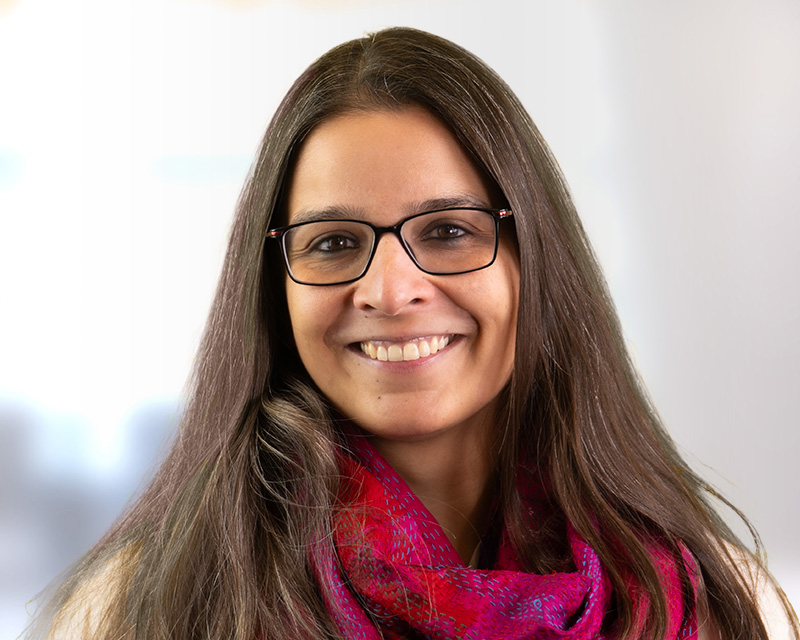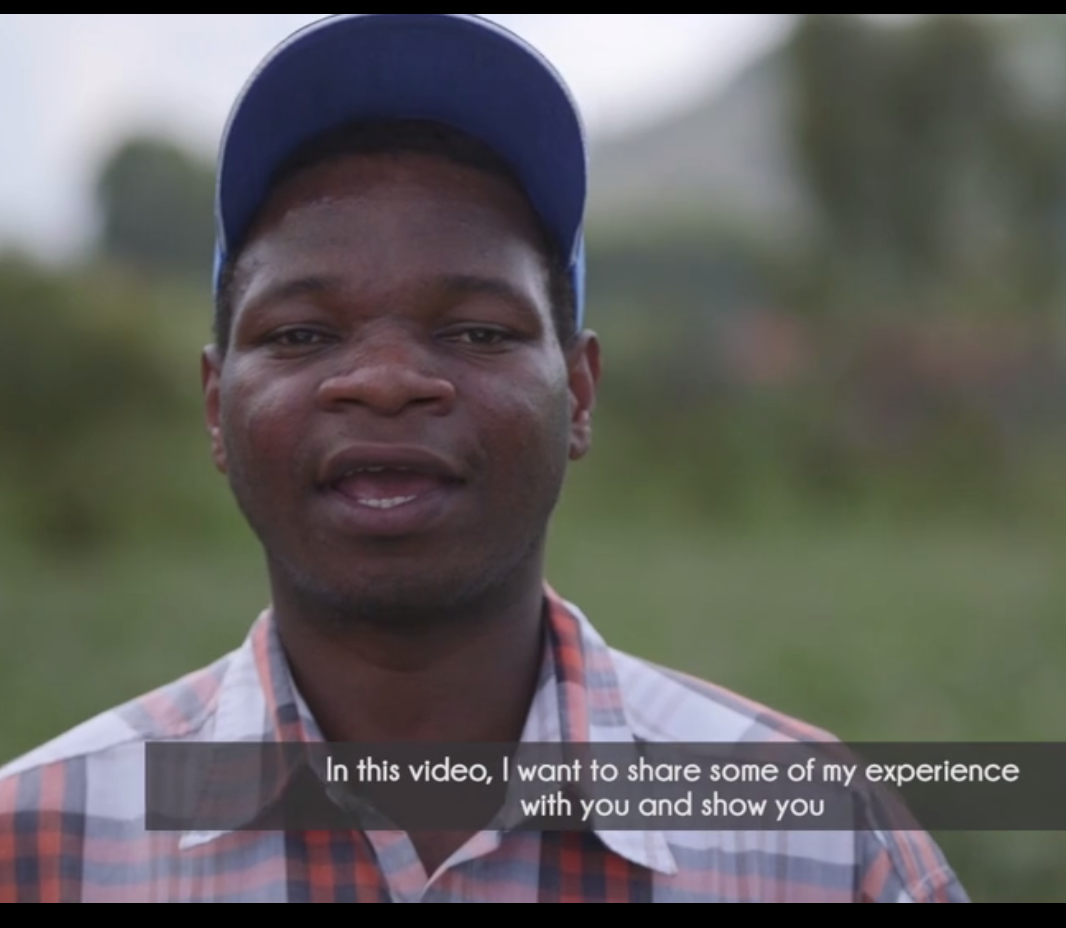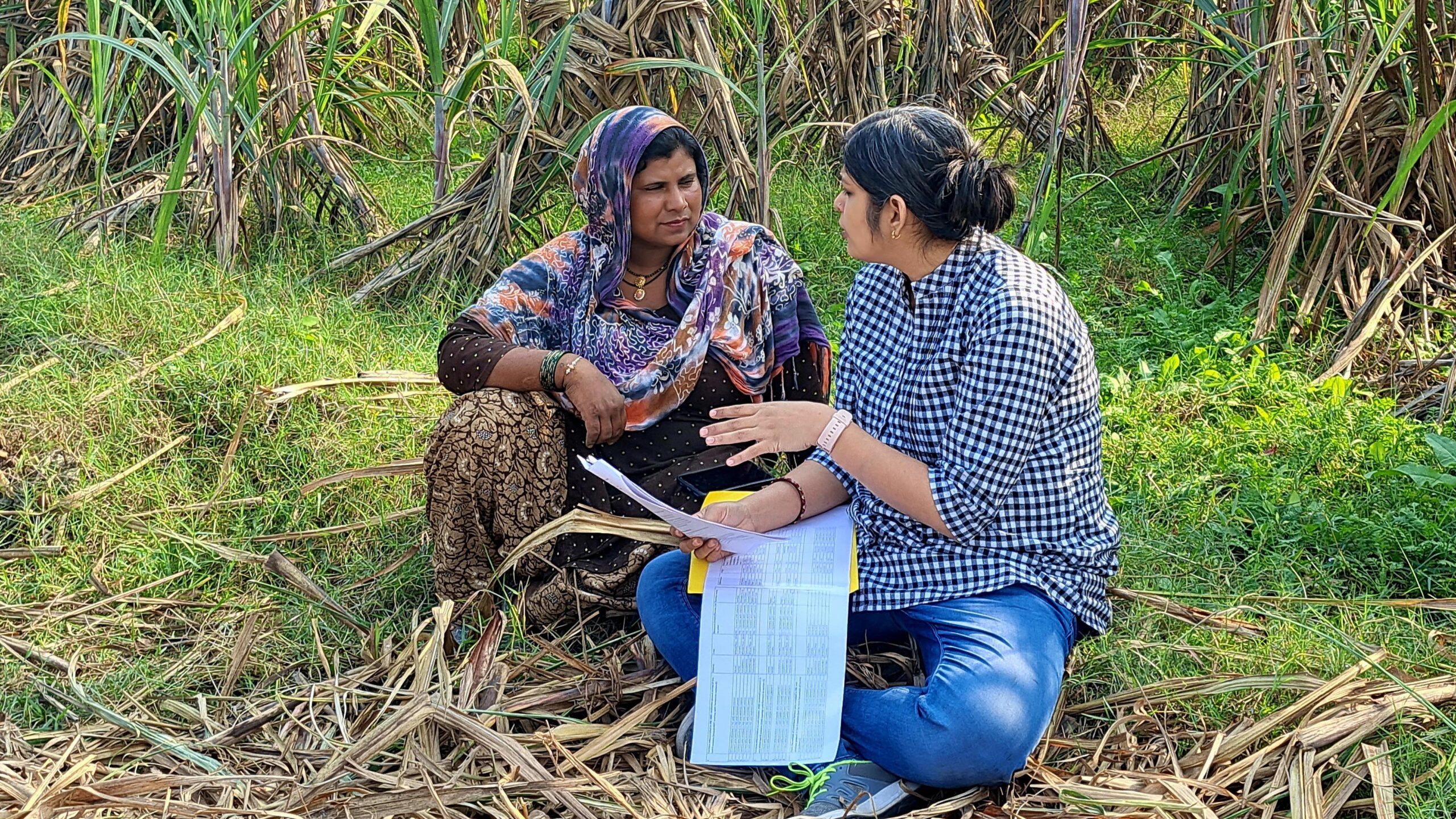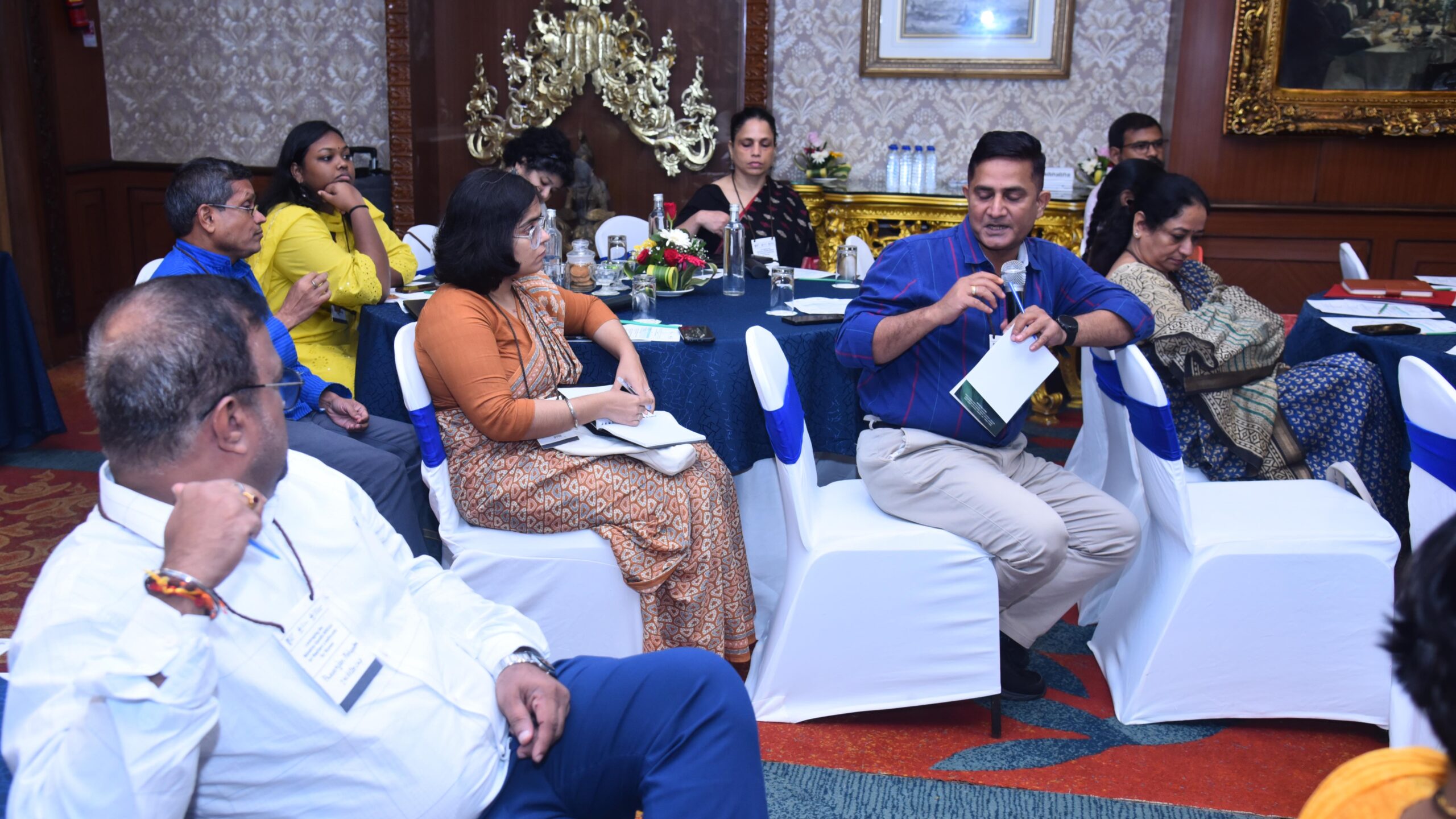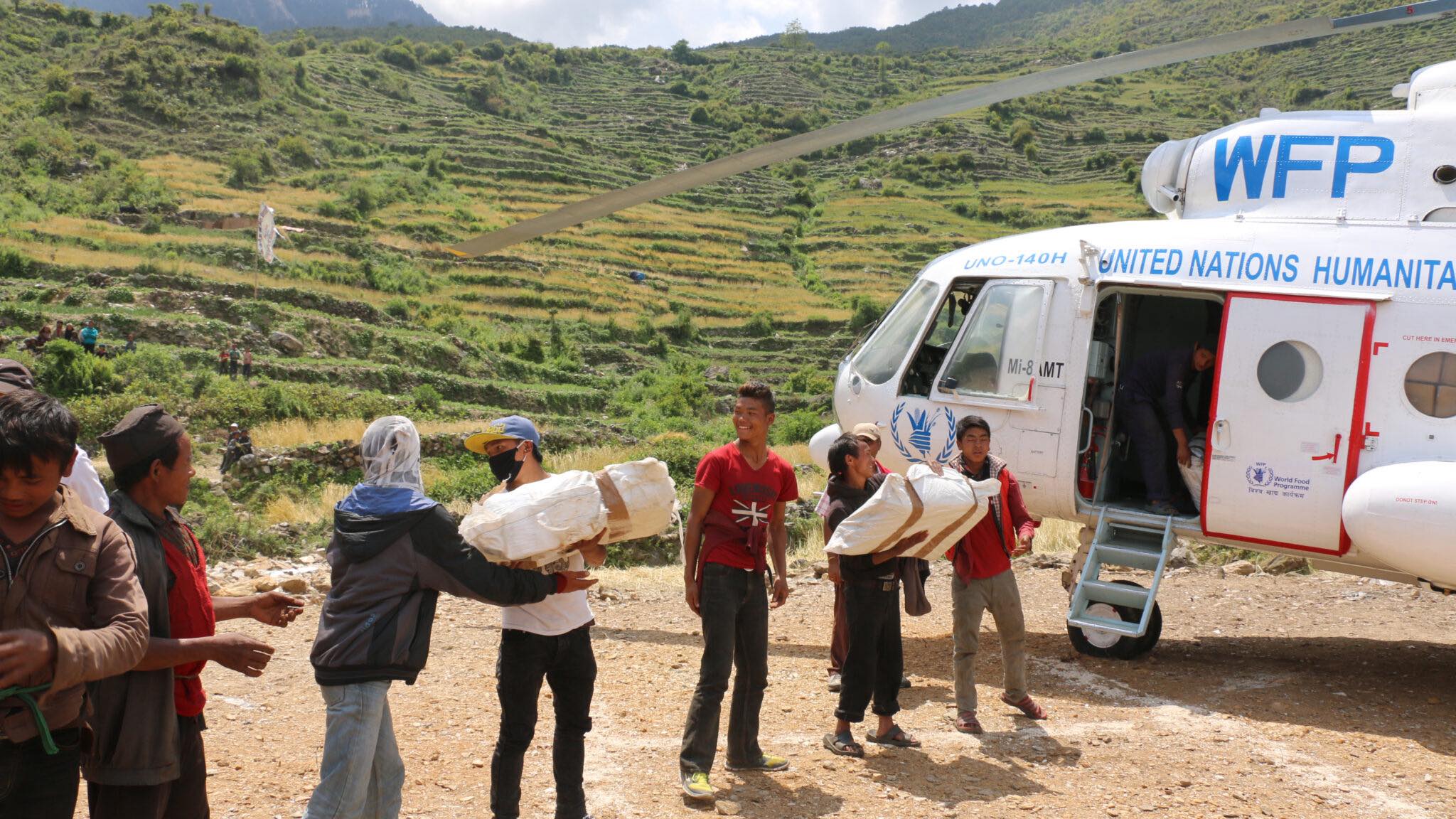In Uganda, low quality of potato seed is a major contributor to low potato yields among smallholder farmers. This finding was one of the main conclusions from an ongoing policy research project (Pasic). The research, led by the Ugandan Ministry of Agriculture, Animal Industries and Fisheries (MAAIF) with support from IITA, IFPRI and EPRC, collected socio-economic and agronomic data on potato and rice farmers in Uganda to identify barriers to sustainable crop intensification.
While providing access to basic, pathogen free planting materials sourced from foundation seeds should remain a key policy priority, formal seeds systems in developing countries are often too weak to be brought to scale and farmers mostly rely on recycled seeds. Therefore, we decided to try out two short term, small scale solutions at the level of the farmer that are likely to improve the available stock of seeds in the region.
A first solution tries to revive what is in fact an indigenous technology, but has been neglected somewhat since the government committed to providing access to basic seeds to farmers. It is a technique known as Positive Seed Selection (PSS) and has been shown to work in neighboring countries in field trials. Currently, just prior to the harvest, farmers are often hungry and in need of money. They will often uproot the strongest plants first and sell or eat the tubers. When the time comes to start planting potatoes again, farmers are left with the smallest tubers from weak and diseased plants, affecting the next harvest, leading to fast degeneration of the seed stock. PSS aims to turn this cycle around and teaches farmers to peg the strongest plants already at flowering stage for continuous follow-up. These strong and disease free plants are then harvested first and stored as plating material. Only appropriately sized tubers with sufficient eyes are to be used.
A second solution we are trying out in the field relates to proper seed storage and handling (PSSH). Again, currently many farmers store seed in bags in a dark corner inside the house without proper ventilation. This leads to poor seed quality due to rotting and poor sprouting. We explain to farmers the importance of storing seed potato spread out on racks in ventilated areas exposed to diffuse light.
Both solutions are operationalized as “information treatments,” where we show short infomercials to individual farmers. One video show the importance of seed quality and gives information on how to practice PSS. A second video show the importance of seed quality and gives information on how to practice PSSH. The videos were shown to potato farmers in Kigezi sub-region. Using baseline data, we matched groups of four farmers and randomly allocated each of the four farmers to one of four treatments: the PPS video, the PSSH video, both the PPS and PSSH videos, and a control group that does not get to see any video.
During the first half of May 2016, we showed these videos to about 180 farmers at the time when the potato plants start flowering. Farmers will harvest in June 2016 and store potatoes for seeding in the second season of 2016. Planting for the second season is around August 2016. After this season, we will go back to the farmers for the end-line. We will then find out if PSS and/or PPSH “worked” by comparing outcomes (such as potato yields (kg/ha) or price received for potatoes sold) between farmers that were shown the video(s) and farmers that were not. More information about the project can be obtained from the pre-analysis plan.
To check if farmers understood the video, we also did a short quiz immediately after showing the video. The quiz consisted of a series of multiple choice questions. Each question had three possible answers of which one was correct and earned the farmer one point if selected (the farmer earned zero otherwise). Two question related to seed selection, and a farmer that just viewed the seed selection video was expected to be able to indicate the correct choice. Two other questions related to seed storage and handling, and should be trivial after having been shown the PSSH video.
The two charts below show the effect of showing the PSS video on knowledge about seed selection (left) and the effect of showing the PSSH video on knowledge related to seed storage and handling (right). It reveals that 85 percent of farmers that did not see the PSS video nevertheless know what PSS is. This is higher in the group that did see the PSS video, but only slightly, and the difference is not significant. Results are similar for PSSH. Here, 87 percent of farmers that did not see the PSSH video nevertheless got the answer right. Again, this is higher among the group of people that did see the storage and handling video, but the difference is again too small to be statistically significant.
Thus, while the effects are in the right direction, the results did not indicate significant changes in knowledge. There are different reasons for this. The most obvious is a lack of power, that we simply do not have enough observations to identify such a small effect. Alternatively, the problem may be with the videos mostly showing what people already know. Or, the videos did show new information, but our questions asked about aspects of PSS or PSSH that farmers already knew. As such, we may need to ask more questions, or the questions should have been more carefully chosen. Contributing to the problem is the fact that we did not quiz the control group (yet), and can only compare farmers that received one treatment to the other. That is, to assess the effect of the PSS video on PSS knowledge, we compare responses on knowledge of PSS in the sub-group of people that were shown the PSSH video (only about 60 farmers) to the responses of the sub-groups of people who were shown the PSS video and both the PSS and PSSH video (about 120 farmers).
But even if the above means that farmers do not learn much from the videos, the intervention may still make a difference. For example, a simple reminder may both validate information a farmer has but has not applied, or may serve to make it more salient. Indeed, research has shown that simple documentaries of relatively successful individuals from the same region can have important effects on the aspirations and motivations of the poor. But to get an answer to this question, we will have to wait two more harvests, until the beginning of 2017. Only then we may be able to find out whether farmers that were shown the videos actually practiced PSS or PSSH, and whether this affected outcomes such as potato production, yield, revenue derived from potato sales, and ultimately, the wellbeing of the household.

